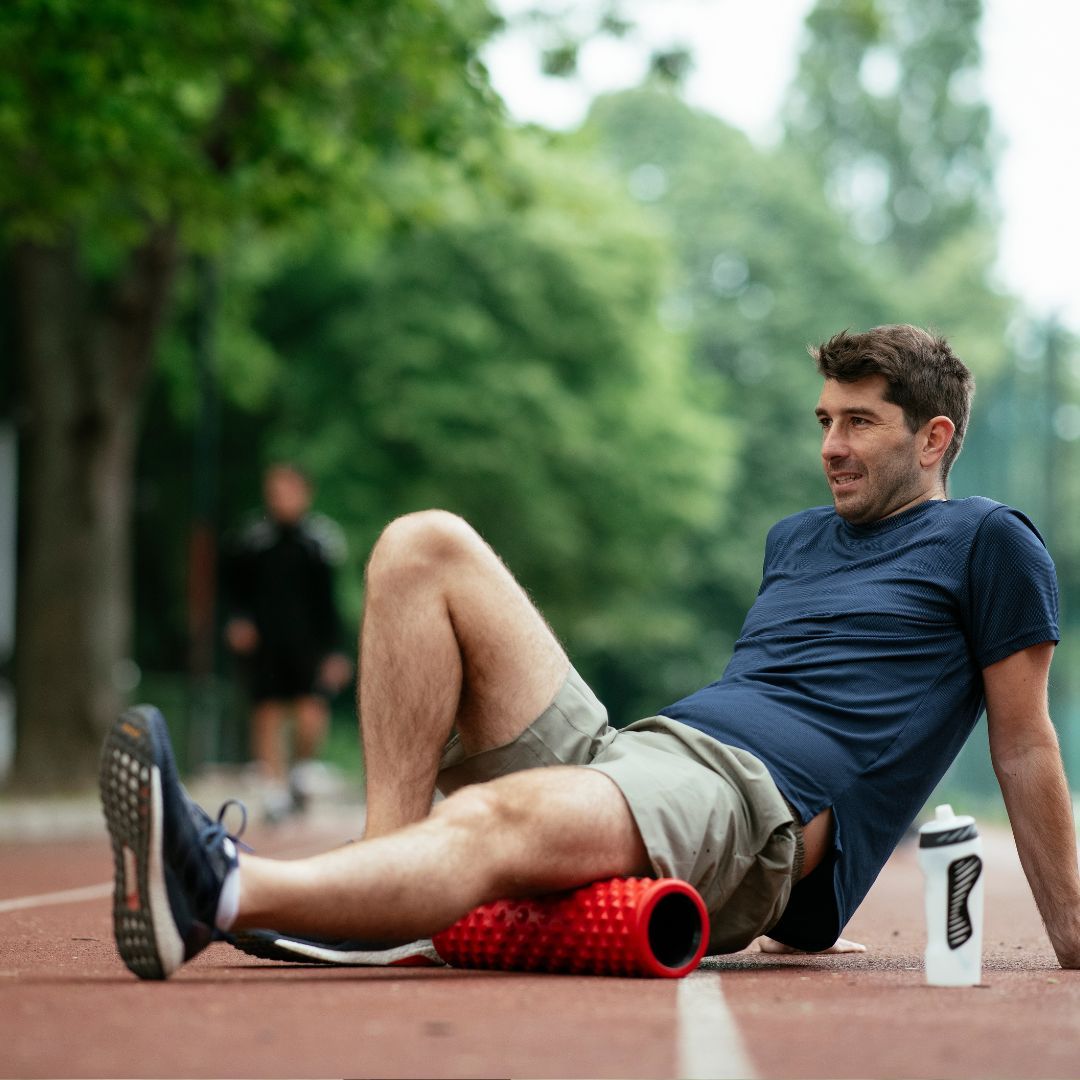What quality sessions should ultra-runners do?
First, a re-cap from the last training talk. Let’s clarify what is meant by speed work. True speed is very short sprints (10-15seconds!!) that work on developing the neuro-muscular system. However, when most runners talk speed work they are meaning things like interval repetitions and tempo work. So, for ease of conversation, this is what I will be meaning when I discuss speed work.
When you first start your season’s training, I believe it is important to focus on getting the body ready for the harder work to come. This includes utilising strides (100m repeats run at about 90-95%% effort) and short hill sprints (10-15 seconds up a steep hill with a minimum 1 minute recovery). The uphills sprints can be done as full sprints up on the toes, as leaping bounds, or as high knee drills. All help promote strength in the legs, feet and ankles, as well as develop the neuro-muscular system. Full recovery is a very important component. Of course, although I have said these sessions are good for preparing the body, I still think it is good to keep them in the mix throughout the training season. It helps to keep the neuro-muscular system firing.
After a few weeks of preparing the body, you can now start some more serious work.
I like to first focus on VO2 max workouts. VO₂ max (also maximal oxygen consumption, maximal oxygen uptake, peak oxygen uptake or maximal aerobic capacity) is the maximum rate of oxygen consumption measured during incremental exercise; that is, exercise of increasing intensity. The name is derived from three abbreviations: "V" for volume, "O₂" for oxygen, and "max" for maximum. Maximal oxygen consumption generally reflects cardiorespiratory fitness and endurance capacity in exercise performance. I say generally because there are so many instances where an athlete with a lower VO2 can outperform one with a higher.
It is impractical for most athletes to test their VO2 and watches that claim to give you your VO2 are ambiguous to say the least. Also, the capacity to improve your VO2 is largely genetic. However, there are some things we can do to develop our VO2. I like to give workouts of about 3-4 minutes, with a short recovery of about 2 minutes. The work repetition should be done at about 80-90% effort, and the recovery at an easy jog or walk. If an athlete is prone to injury or competing in a mountainous race I prefer them to do these up a gradual hill. As well as improving VO2 max, these workouts teach you how to push hard when that little voice on your shoulder is telling you to stop/slow down/it doesn’t matter and so on. Although this should be a hard workout, you should always feel like you could do one more rep when you complete the session. This means you have performed the session correctly. Also, the final rep should be your best one if possible. So, pace yourself. With the first couple, work out what feels right according to your body on that day. Don’t completely red-line the first few so you are unable to complete the workout.
As we get closer to the race date, I prefer the workouts to become more race specific. For this reason, I like to focus on tempo runs. Tempo runs can be started off as longer sessions (for example, 2-3x10 minutes, building up to sets of 15-20 minute blocks) progressing to one continuous session of anywhere up to an hour. These are done at what I like to call a ‘comfortably uncomfortable’ pace. This means you are just on the edge before it becomes uncomfortable. Tempo runs really teach you to push at that relatively hard level that is hard to sustain simply because of the length of time. This really develops mental strength for longer runs as it teaches you to work at a harder level for extended periods. Tempo runs teaches the body to clear lactic acid, making it more efficient at this task. This then means you can physiologically run harder for longer periods of time too.
Long runs are also seen as quality sessions as they do require an easy day before and a rest/easy day after. The long run teaches your body and mind to run for loooong periods of time. This does not mean you need to do a 10 hour run every weekend in preparation for your miler. It means every second week you do an extended long run of around 5-6 hours. The alternate weekend maybe 3-4 hours with back-to-back runs on the Saturday and Sunday.
All of these workouts have many variables that you can play around with to increase motivation and interest. Slightly varying the time/distance/recovery/terrain all adds to the workout and guess the body guessing.











